amateur radio
antenna
cb radio
gizmotchy
ham radio
yagi
amateur radio, amateur radio setup, antenna, antenna design, antenna performance, Charles Gizmotchy, directional antenna, front-to-back ratio, Gizmotchy, high gain, polarization, Radio communication, radio equipment, radio hobbyist, radio operator, radio setup, radio technology, radio transmission, signal strength, yagi antenna
9M2PJU
0 Comments
Exploring the Gizmotchy Antenna: A Unique Design for Amateur Radio
When it comes to antennas, the Gizmotchy stands out as a fascinating and innovative design with a rich history. Developed in the early 1960s by the Utica Radio Corporation, this antenna was initially crafted for CB radio use. Over time, the patent was acquired by the Charles Radio Company, and today, it’s marketed under the name Charles Gizmotchy. But what makes this antenna so special?
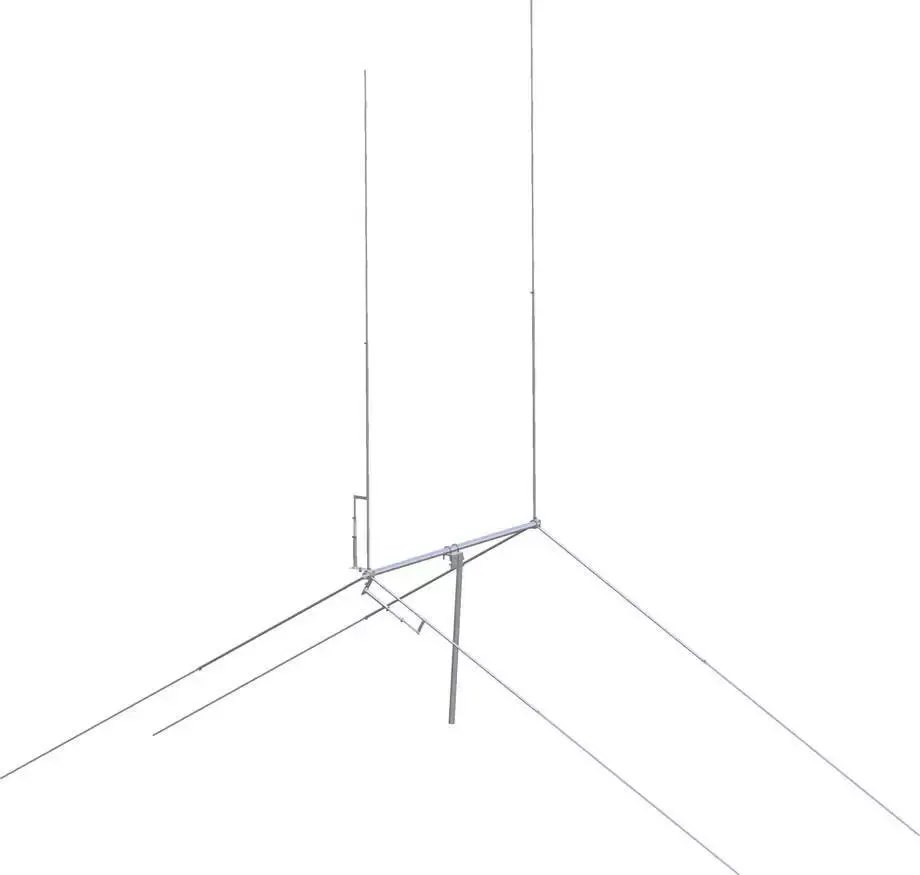
A Unique Take on the Yagi Antenna
At first glance, the Gizmotchy antenna might remind you of a Yagi antenna, and in some ways, it is. However, there’s a key difference that sets it apart from traditional Yagi designs. The Gizmotchy uses a unique arrangement of three rods for each element, which are positioned 120 degrees apart in an inverted “Y” configuration. This design enables the Gizmotchy to provide both vertical and horizontal polarization, which is a feature not commonly seen in many other antennas.
How It Works: The Design Breakdown
The Gizmotchy’s driving element is essentially a three-part dipole. It consists of:
- A vertical driven rod
- A horizontal driven rod
- A third rod that acts as the other half of a traditional dipole, but it points downward at 120 degrees from vertical, on the opposite side of the support pole.
The remaining elements of the antenna are parasitic radiators, much like those found in a Yagi antenna, but they too are arranged in an inverted “Y” shape. This arrangement enhances the antenna’s ability to transmit signals efficiently and in a controlled direction.
Performance and Features
One of the standout features of the Gizmotchy antenna is its directional nature. It offers a forward gain of approximately 12 dBi, which makes it an excellent choice for boosting signal strength in specific directions. Additionally, the Gizmotchy boasts a front-to-back ratio of 28 dB, ensuring that the majority of the signal is directed forward, while minimizing interference from the rear.
Thanks to its innovative design, the Gizmotchy is capable of switching between vertical and horizontal polarization. This versatility is achieved through separate gamma matches and transmission lines, making it suitable for a wide range of applications in amateur radio where polarization flexibility is required.
The Charles Gizmotchy: Still Relevant Today
Though the Gizmotchy was initially developed in the 1960s, its design still holds up in modern CB radio and amateur radio applications. The combination of high gain, excellent front-to-back ratio, and polarization flexibility makes it a valuable tool for anyone needing a reliable directional antenna. Whether you’re a hobbyist or a more serious radio operator, the Gizmotchy can offer enhanced performance, making it a noteworthy option in the world of antennas.
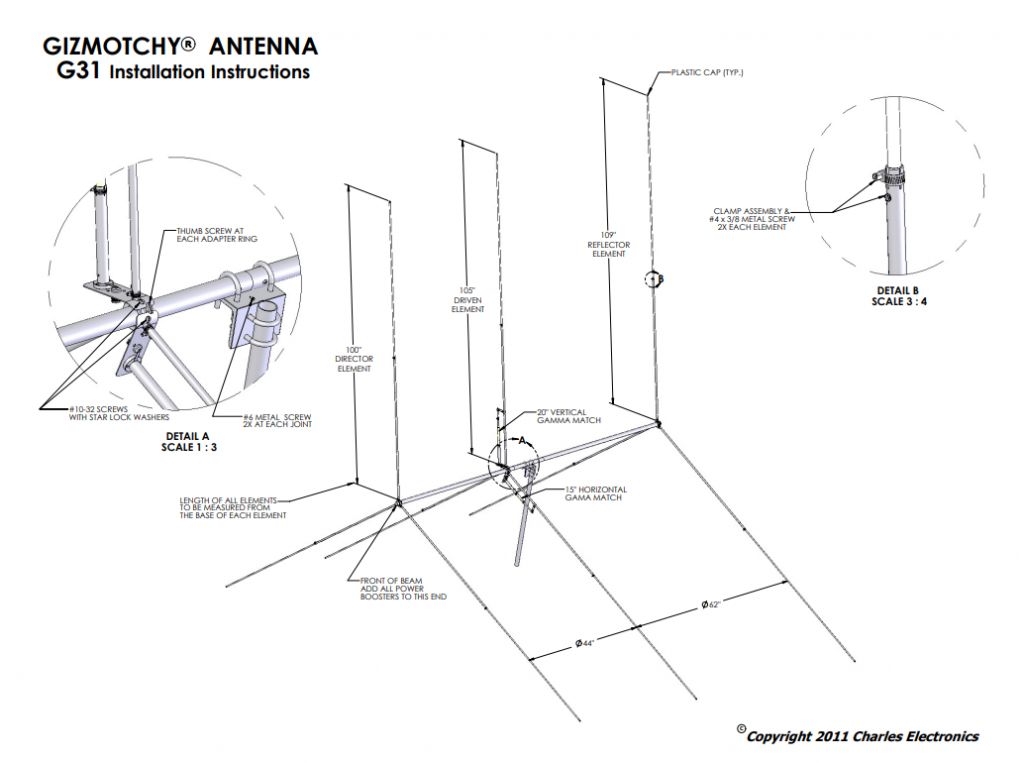
Conclusion
The Gizmotchy antenna is a great example of how creative engineering can lead to unique solutions in the world of amateur radio communication. Its design, based on the principles of the Yagi antenna but with a distinct twist, offers a great combination of functionality and performance. Whether you’re looking to enhance your amateur radio setup or simply appreciate the ingenuity behind antenna design, the Gizmotchy is definitely worth considering.
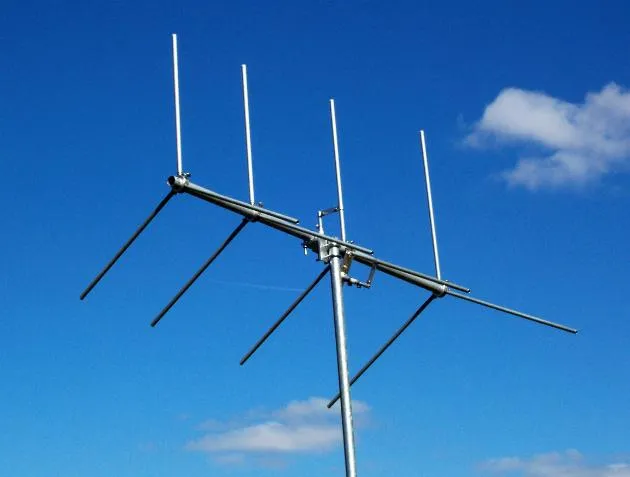

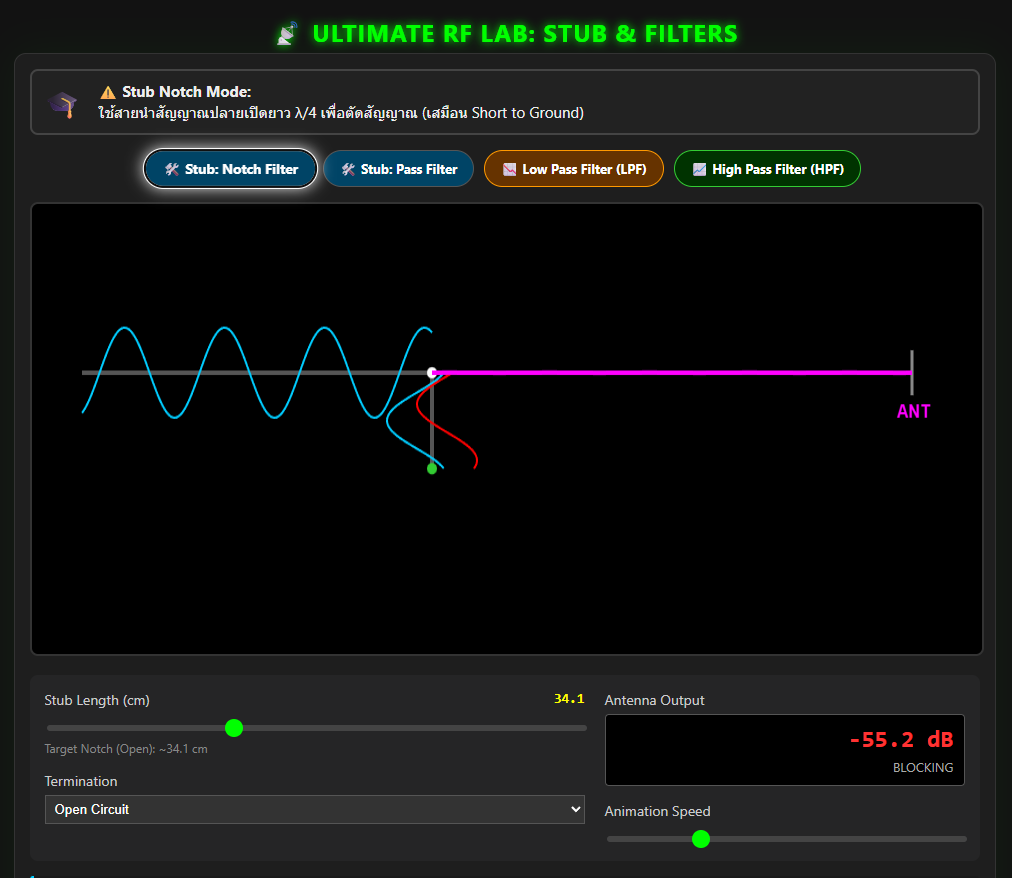
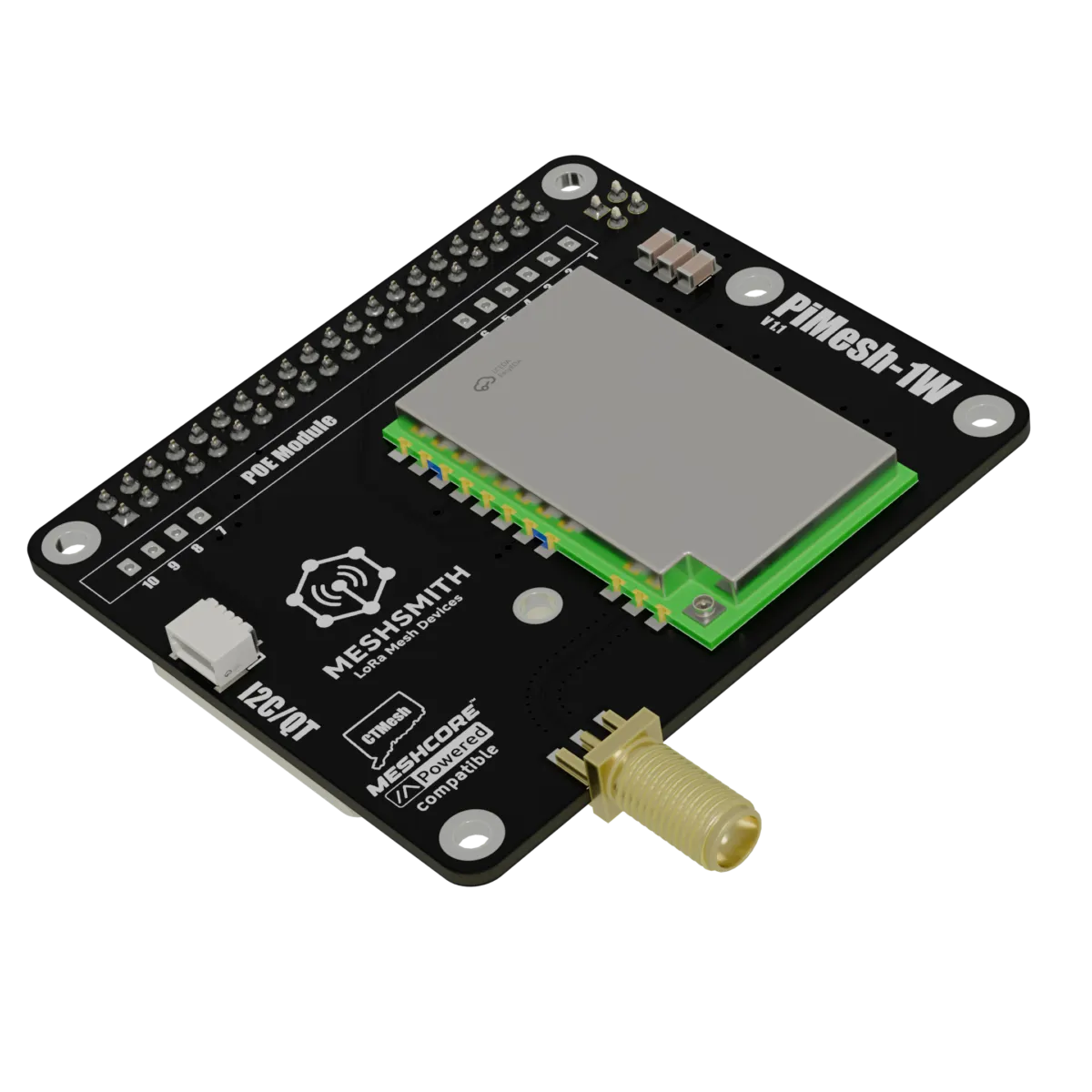



Post Comment